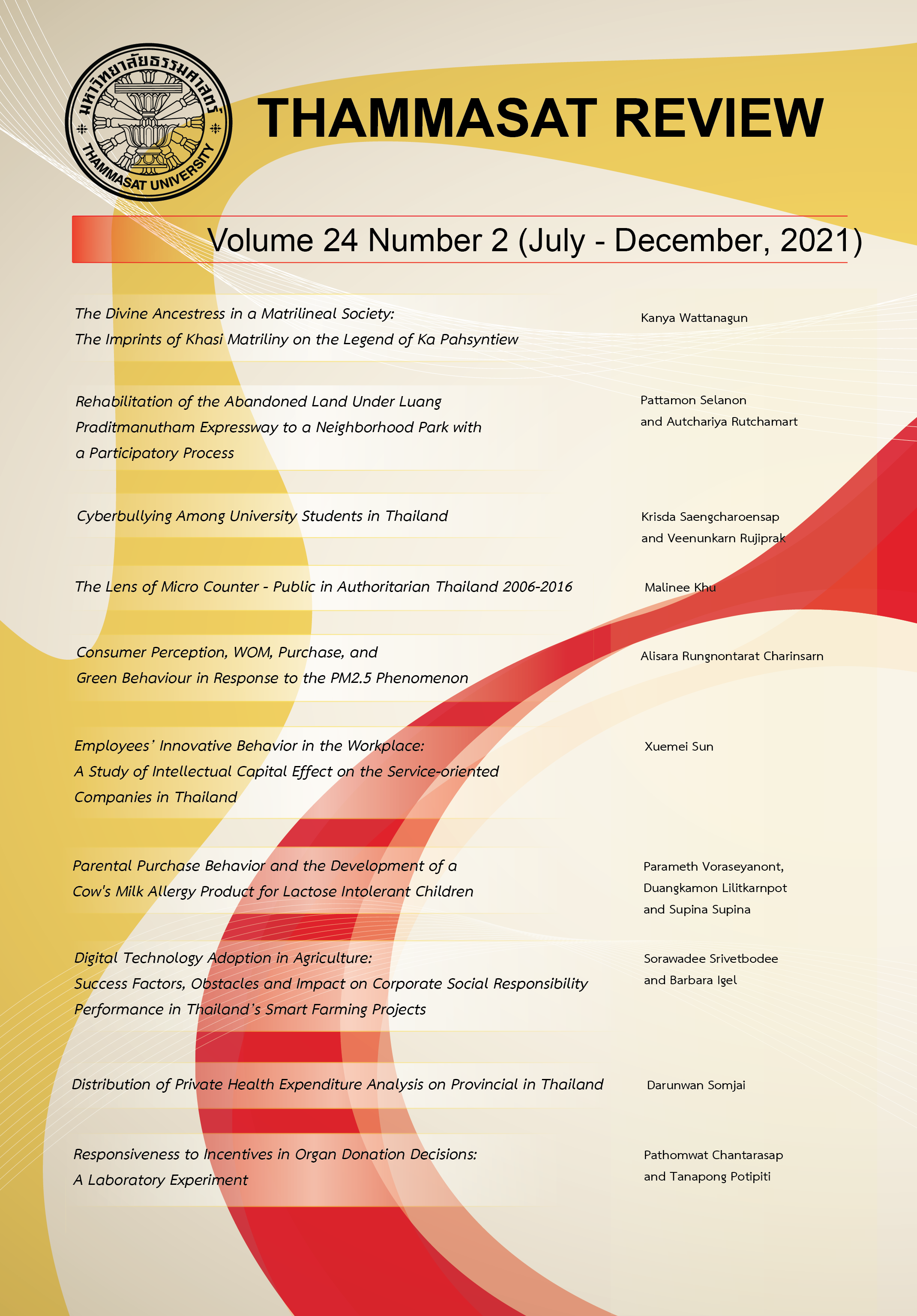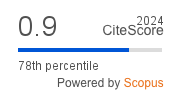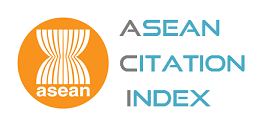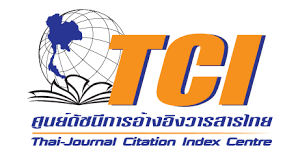The Lens of Micro Counter - Public in Authoritarian Thailand 2006-2016
Keywords:
Short film, Documentary film, Experimental film, Counter-public, Rational-critical thinkingAbstract
The public sphere in Thailand during 2006-2016 has limited and restricted freedom of expression under the authoritarian military regime. Many laws and promulgations were issued to enforce security. Military authorities extended their powers to excessively restrict rights and silence dissent in the name of security. Several laws actively proposed and enacted for decade such as Criminal Law Code section 112 or lese-majesty law, Internal Security Act (2008), Computer-related Crime Act (2007), Film and Video Act (2008),and Article 44 of the Interim Constitution 2007. This paper examines short film screenings during the Thai Short Film and Video Festival. These films criticized political issues based on rational-critical dialogues and inserted political messages aesthetically through rhetoric, metaphors, and satires. This paper found that these short films can be categorized into types, all of which utilize political symbols for representations i.e. idealized utopian or idealist ideas, inequality bias, relationship decline, symbolized conflicts, and resistance. Three types of amateur films were also selected to represent different political topics at different times. These films appeared in different genres such as short film, documentary film, and experimental film. The paper recommends public space in term of film screening or film festival is necessary for the young generation at the present because they can use it as counter public to debate and discuss a political issue with critical and rational thought instead of rally on the street.
Downloads
Published
How to Cite
Issue
Section
License
The opinions and ideas expressed in all submissions published in Thammasat Review are solely that of the author(s) and do not necessarily reflect that of the editors or the editorial board.
The copyright of all articles including all written content and illustrations belong to Thammasat Review. Any individuals or organisation wishing to publish, reproduce and distribute a particular manuscript must seek permission from the journal first.








